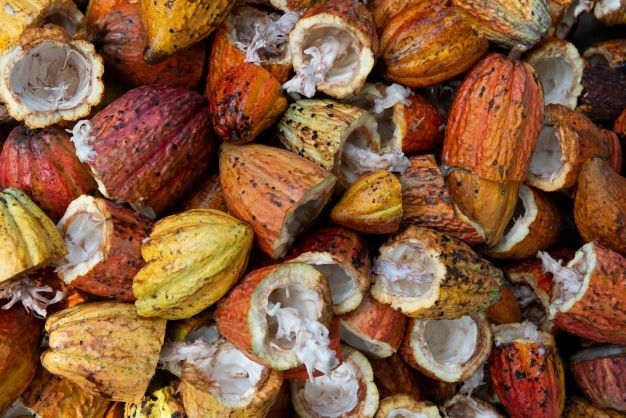The properties of the cocoa bean husk
The nutritional content and conferred health qualities, such as antihypertensive, antidiabetogenic, and antioxidant effects, of any meal or beverage, could be increased by including cocoa bean hulls as an ingredient.





